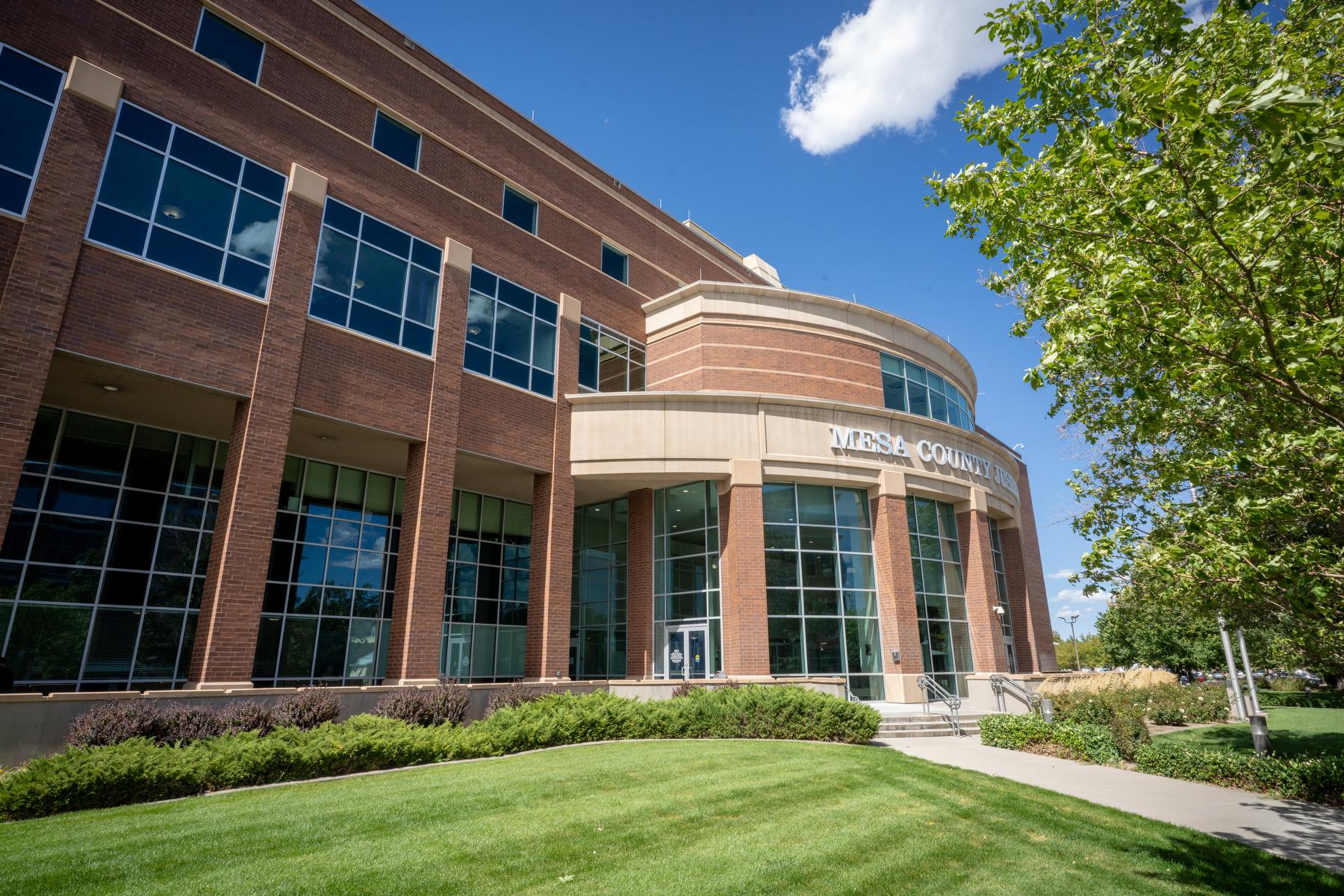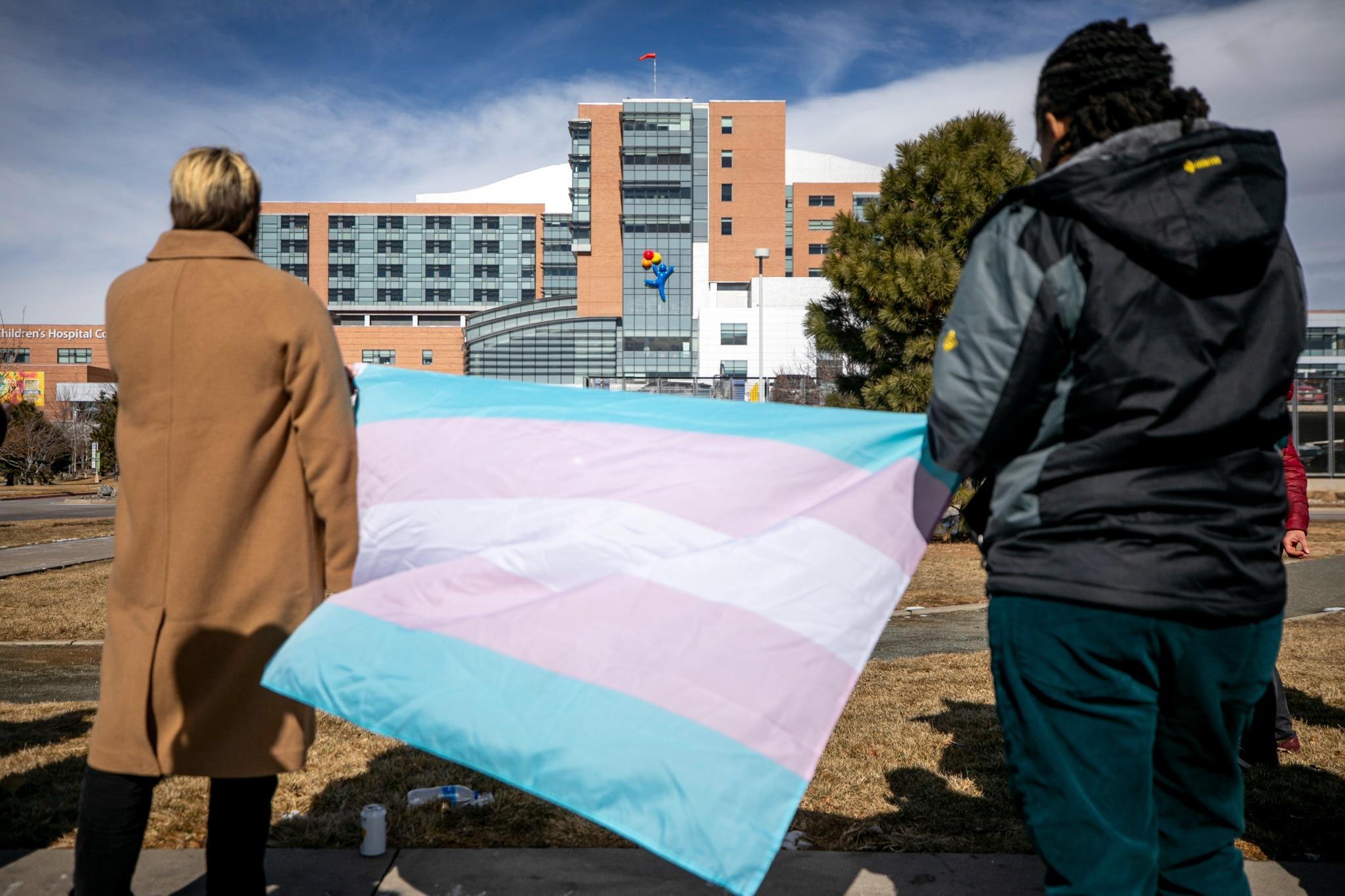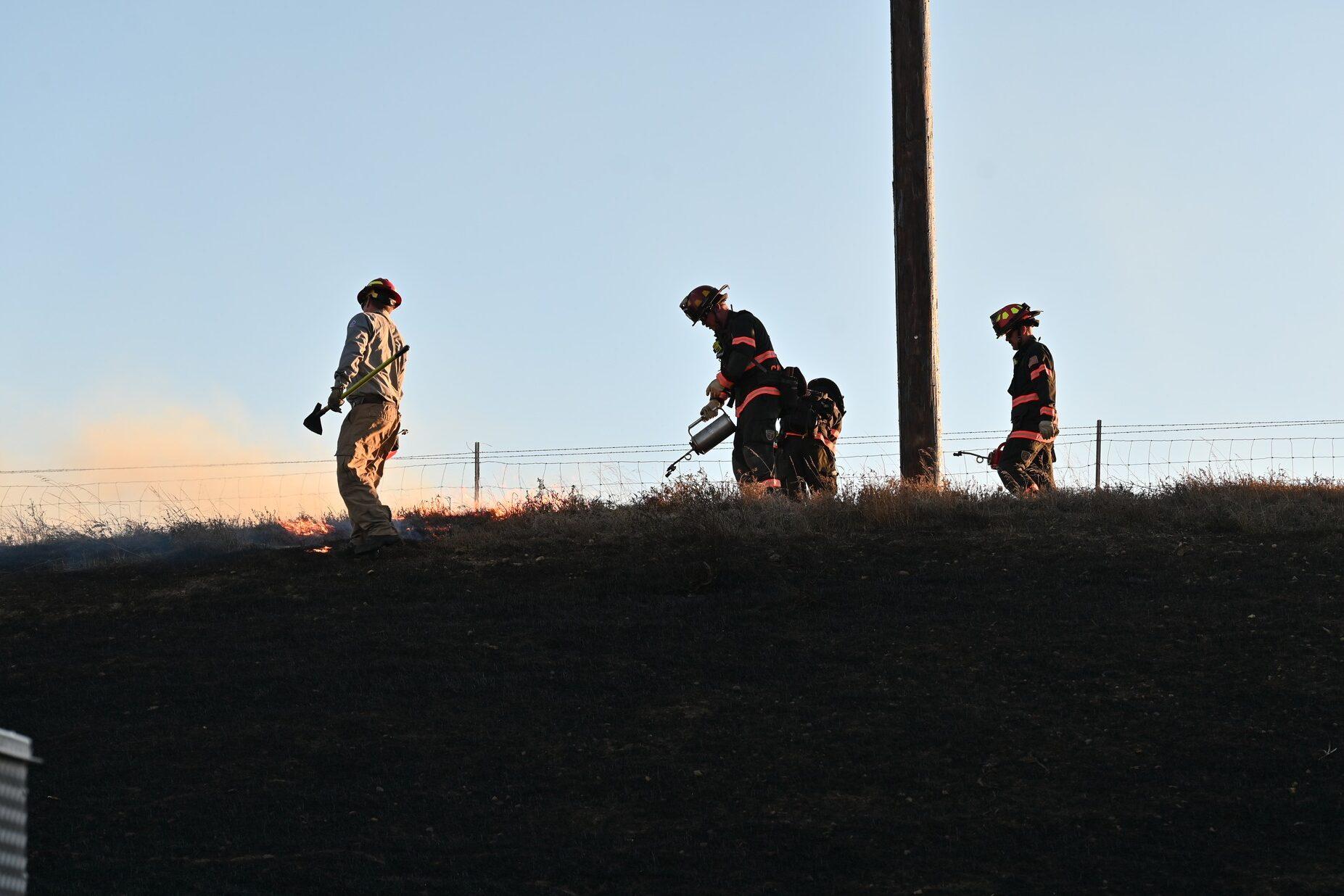
 Just outside of Limon, Colorado, back in the winter of 1900, a mob of townspeople took justice into their own hands and bent it to horrific means. By day's end a 16-year-old boy, Preston Porter, would be tied with chains to a steel rail and burned alive.
Just outside of Limon, Colorado, back in the winter of 1900, a mob of townspeople took justice into their own hands and bent it to horrific means. By day's end a 16-year-old boy, Preston Porter, would be tied with chains to a steel rail and burned alive.
Porter's name is one of three Coloradans included on the National Memorial for Peace and Justice, the memorial to African-American lynching victims that opened in April in Montgomery, Alabama.
Hundreds of glass jars are on display at the new memorial, each filled with dirt collected from sites of documented lynchings. Steel markers are suspended above with the names of victims.
Creators of the memorial aimed to end the national silence around African-American lynchings. Their goals echo those of Stephen Leonard, a Metro State University professor who wrote a 2002 book on the history of Colorado lynchings.
"Lynching is the illegal taking of a life by a group — it might be a mob, it might be vigilantes — who are doing it under the pretext of enforcing justice or enforcing a racial tradition of some sort," Leonard said.
The three lynchings honored at the memorial, which occurred in Pueblo, Otero and Lincoln counties, fit the racial tradition motivation. Porter was accused of raping and murdering a 12-year-old girl. There was no trial and only circumstantial evidence. His burning was considered one of the more horrendous lynchings outside the south, Leonard said. The case received national attention, and even Mark Twain was said to talk about it.
"It’s one of the great, horrible marks in Colorado history," Leonard said.
Years of researching old newspapers and other records has left Leonard with a count of Colorado lynchings much higher than the three listed found at the memorial. His count is at least 175 — a number that could continue to rise, as many lynchings were not reported at the time.
Leonard believes there were likely six African-Americans victims in Colorado, and many more lynchings of different ethnicities. Early Latino, Italian and Chinese residents were also killed, sometimes in reactionary acts of anger during periods of economic strife.
By far the most common version of lynching carried out was whites lynched by other whites, probably more than 100. Before courts were organized in 1861, lynchings were a grisly but popular way to prosecute an alleged murderer, cattle thief or other criminal. It was vigilantism that has been romanticized as part of the mythology of the Old West, Leonard said.
Leonard also considers lynching an attack on the right to due process guaranteed to all Americans. He hopes the new Alabama memorial will renew national attention to the place of lynching in American history, and people's own personal history.
"I think most communities don’t want to deal with it, even now. In some cases they have people living in the communities who are the great-grandchildren, grandchildren even of the people who were involved," Leonard said. "But it won’t go away, it’s been done. Everybody would be better to face the past. The past is like the present, a mix of good and bad."









